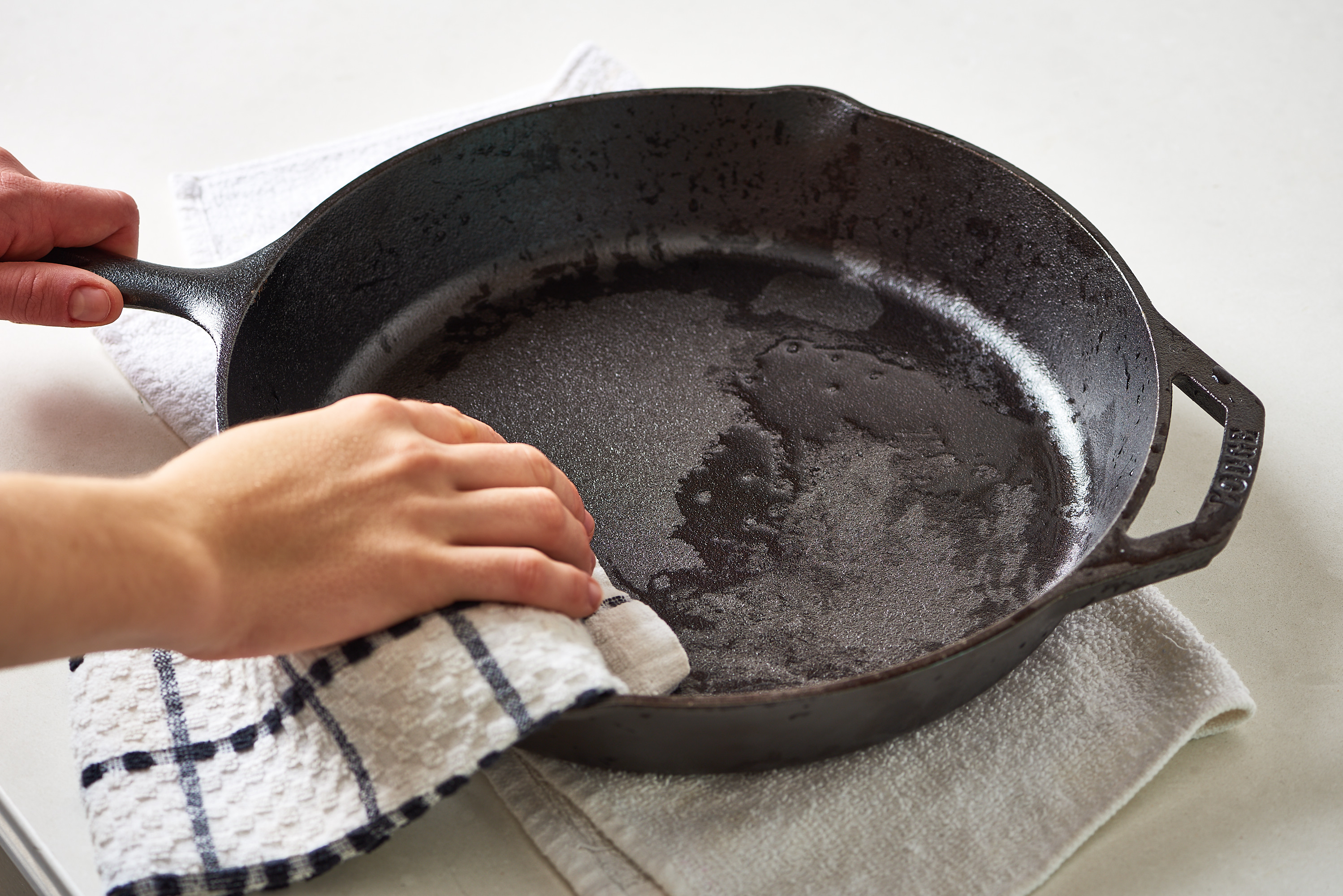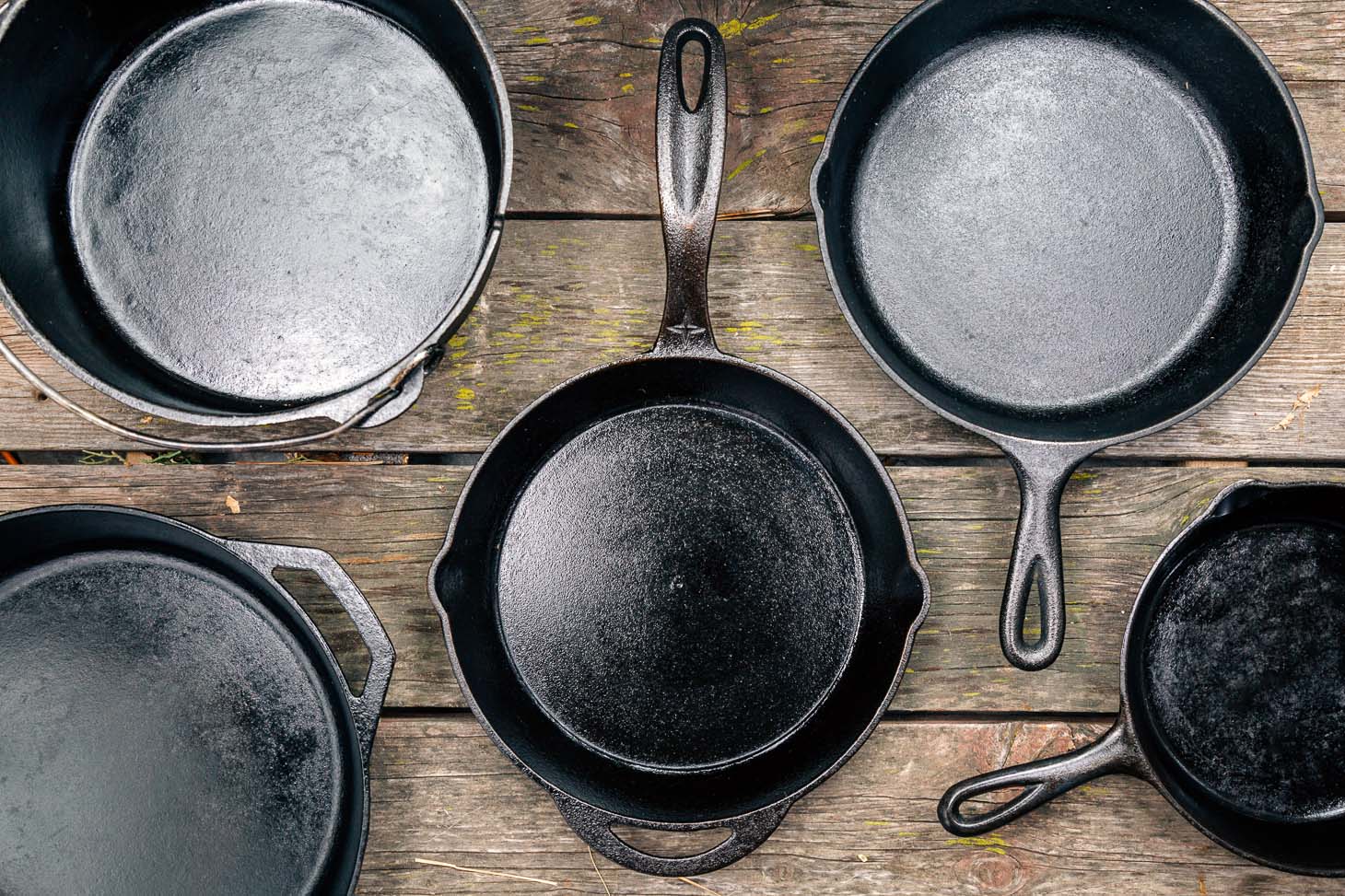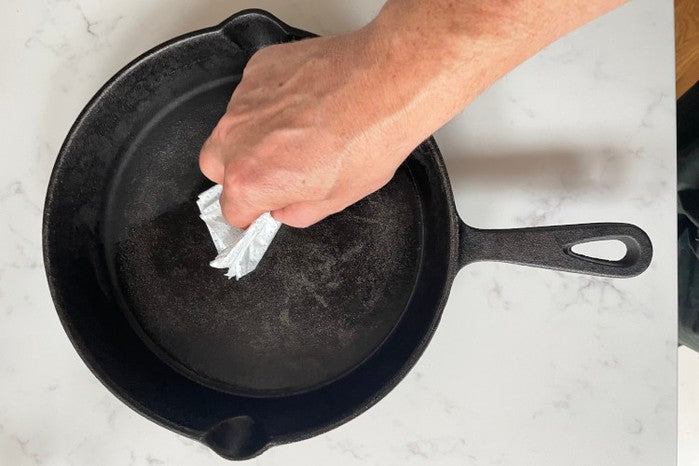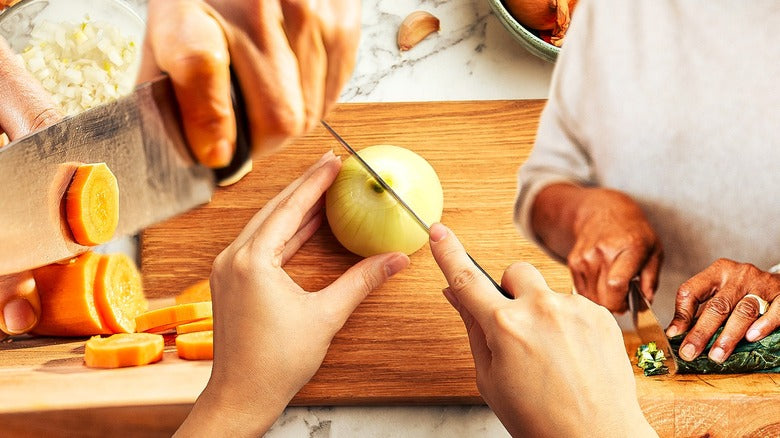When it comes to culinary artistry, seasoning a cast iron skillet is a vital step for anyone looking to take their cooking skills to the next level. But what exactly does this process involve? It's not just about boosting flavor; it's a crucial practice that dramatically improves your cooking experience. By the end of this article, even seasoned kitchen professionals will be amazed by the incredible advantages it offers for their culinary pursuits.
For many passionate chefs, the significance of a properly seasoned cast iron skillet is paramount. This transformative method not only enhances the non-stick qualities of the skillet but also enriches the overall taste of the meals prepared in it. Let's dive deeper and uncover some fascinating elements of this culinary craft.

Understanding the Basics of Seasoning
At its essence, seasoning a cast iron skillet means applying a layer of fat to the cookware and heating it to create a non-stick surface. This can be accomplished using various fats, such as vegetable oils, animal fats, or specially crafted blends meant for cooking. The critical step is heating the skillet to a temperature where the fat begins to polymerize, forming a bond with the metal's surface.
For the best outcomes, kitchen experts must follow crucial steps: cleaning, drying, applying oil, and finally, heating the skillet. The science behind this technique reveals a captivating mix of chemistry and cooking. As the skillet heats up, the oil transforms, leading to a durable layer that shields the skillet from rust while improving its cooking efficiency.
The Importance of Seasoning
Seasoning provides a host of benefits that make it an essential practice in professional kitchens. Here are some key advantages:
1. Preventing Rust
One of the primary purposes of seasoning a cast iron skillet is to combat rust formation. Cast iron is particularly susceptible to oxidation, leading to deterioration. A well-seasoned skillet creates a protective shield that keeps the metal safe from moisture and air, significantly reducing the risk of rust.
2. Enhanced Cooking Performance
With each layer of seasoning, the skillet's non-stick properties get better. This not only makes cooking more straightforward but also means youll use less oil in your meals, paving the way for healthier options without compromising on flavor.
3. Flavor Enhancement
Interestingly, as the skillet accumulates more layers of seasoning over time, its cooking capacity for certain foodslike cornbread or steakimproves tremendously. The seasoning encapsulates flavors, adding an undeniable depth that elevates various dishes.
4. Longevity
A cast iron skillet can last a lifetimeor even far longerif seasoned properly! Investing time in this multi-faceted process can lead to tremendous benefits, allowing professionals to rely on durable cookware for many years to come.
How to Properly Season Your Cast Iron Skillet
Ready to embark on this transformative journey of seasoning? Heres a step-by-step guide to help you achieve the best results:
Step 1: Deep Clean Your Skillet
Always start with a spotless surface. Use warm, soapy water to scrub the skillet with a stiff brush or sponge, removing any food remnants and old seasoning. Rinse thoroughly and dry it completely to avoid rust.
Step 2: Apply Oil
Choose your favorite cooking oil, such as canola, flaxseed, or grapeseed oil, and spread a thin, even layer across the entire skillet, including both inside and outside surfaces. Be sure to wipe off any excess oil, as pooling can lead to sticky residue.
Step 3: Heat the Skillet
Preheat your oven to approximately 450F (232C). Place the skillet upside down on the center rack, with a baking sheet underneath to catch any drips. Bake for at least an hour. This process allows the oil to polymerize, resulting in a strong, long-lasting finish. Let it cool in the oven.
Step 4: Repeat if Necessary
Depending on the skillet's condition and prior seasoning, a second or third application may be beneficial. Regular maintenance of seasoning keeps your skillet in peak condition.
Common Mistakes to Avoid When Seasoning
Even experienced kitchen professionals can make a few blunders while seasoning a cast iron skillet. Here are some common pitfalls to steer clear of:
1. Over-Oiling
One of the frequent missteps is applying too much oil. A thin layer is ideal; excess oil can lead to a sticky finish.
2. Inconsistent Maintenance
Ignoring regular upkeep can result in premature rusting and a decline in non-stick performance. A quick routine check can address potential issues before they escalate.
3. Incorrect Heating Methods
It's crucial to avoid heating your skillet on high heat without adequate seasoning. This could damage the surface and lead to uneven seasoning.

FAQ: Common Questions About Seasoning
1. How often should I season my cast iron skillet?
Generally, it's best to season your skillet every few months, or as needed if the surface looks worn.
2. Can I use my cast iron skillet for acidic foods?
Yes, but ensure it is well-seasoned before cooking acidic foods like tomatoes or vinegar-based dishes to maintain flavor and integrity.
3. What should I do if my skillet has lost its non-stick ability?
If your skillet has become sticky or food begins to adhere, its a sign it may need a thorough cleaning and re-seasoning.
For an in-depth look at this essential process, check out the guide from Jess Pryles for more expert tips. Additionally, you can learn how to maximize the cooking potential of your skillet by checking out related articles like cooking cube steak, cooking ahi tuna, and cooking pizza.
As an Amazon Associate, I earn from qualifying purchases.






Leave a comment
This site is protected by hCaptcha and the hCaptcha Privacy Policy and Terms of Service apply.